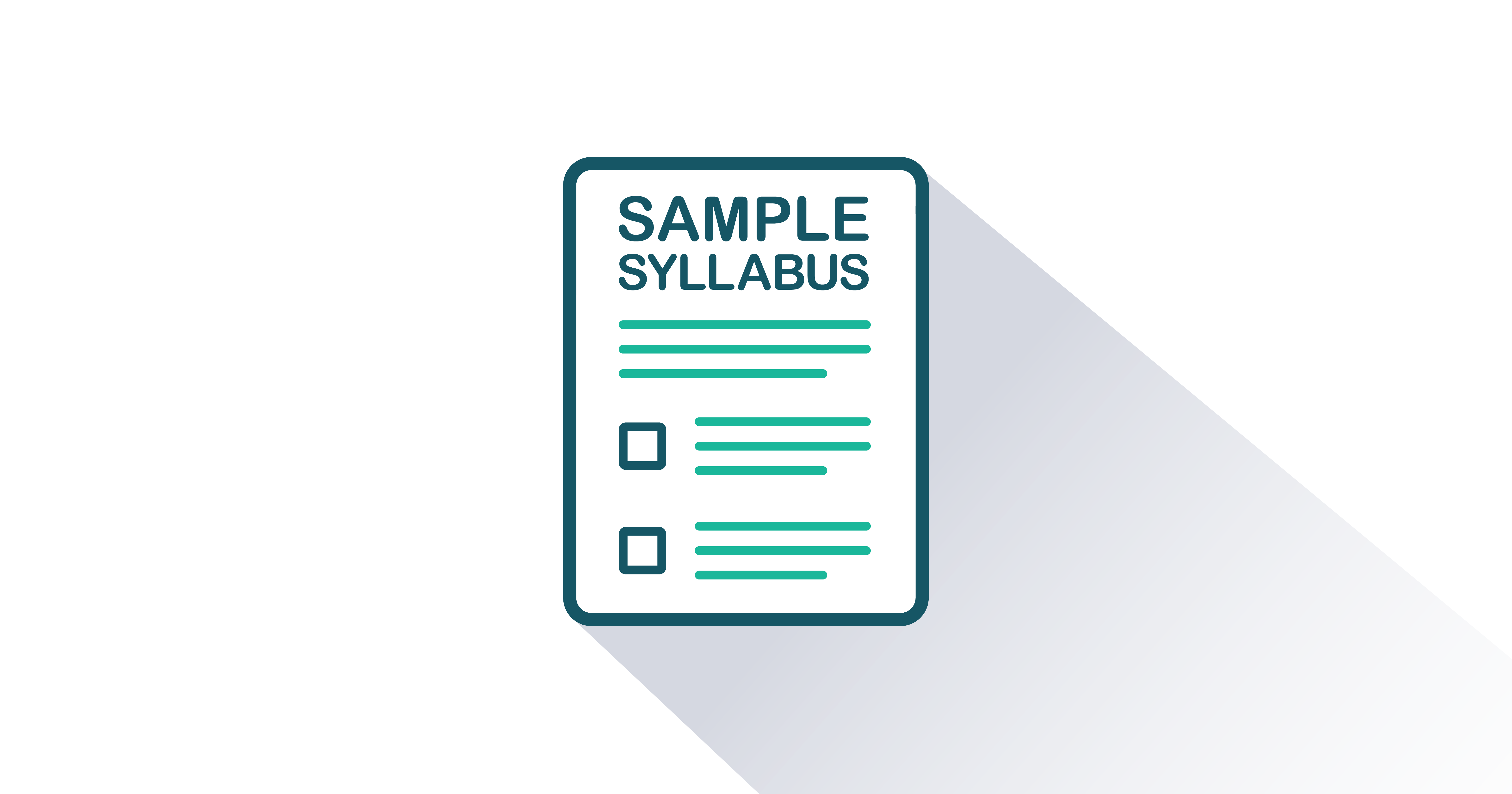Entrepreneurial Finance



Version 3.0
By William S. Hettinger and John Dolan-Heitlinger
Included Supplements
Key Features
- Over 100 embedded videos, all of which are new to this version. Often recorded by the authors, these streaming videos explain key concepts, provide solutions to problems and case studies, and stimulate student engagement in online and hybrid course formats
- Clear, concise, and non-technical explanations are easily understood by learners regardless of business experience, background, or level of preparation
- Explains how to perform financial calculations, what they mean and how to use the results to compare a business to itself, competitors, and the industry over time
- Describes how to do basic ratio calculations and includes ratios typical for various industries and how to find comparative ratios
- Stimulates and supports active reading, self-reflection, and critical thought
- Three running case examples introduced in Chapter 2 “Three Sample Companies” are integrated throughout. Featuring both women and men as owners, the sample companies focus on the types of small-businesses common in today’s economy
- Sixteen illustrative case stories of financial decision making in entrepreneurial and established companies, including Ford, Rivian, Starbucks, Home Depot, Intel, Tesla, Scotts Miracle-Gro, Carvana, and Southwest Airlines
- Consistent structure supports optimal learning
- Chapter-Opening “Learning Objectives” preview the material to come and prepare students to learn
- “By Any Other Name” callouts provide synonyms for common financial terms to enhance student comprehension
- “Chapter Summary” highlight the key points of the preceding chapter before students move on to learning new material
- New “Discussion Activities” at the end of every chapter provide a total of 100 thought-provoking ideas for online discussion boards, chats, written homework, and online or face-to-face class discussions
- “Test Your Knowledge” at the end of every chapter encourage students to analyze information just learned to encourage deeper learning and retention
- “Build Your Business” exercises prompt students to project the start-up and operational financial results for a prospective business
- “Case Study” sections begin with “Learning Outcomes” and now include downloadable Excel templates
- Most chapters include either one of fifteen applied “Case Study” problems or one of ten “Build Your Business” planning and forecasting activities
- Comprehensive Appendix Section guides students and aspiring entrepreneurs step-by-step through the process of planning their businesses and developing financial projections using the fully functional “Business Planning Model.” This Excel-based template facilitates the instruction, development, and grading of comprehensive financial projections for a start-up or growing business
- All supplements are written by the authors to ensure accuracy and alignment with the book. Answer guidelines for exercises, cases, and activities are included in the instructor’s manual
- Customizable
Students
- Online Access Price
- $33.95
- Color Printed Textbook with Online Access Price
- $60.95
Entrepreneurial Finance is intended for courses called Entrepreneurial Finance, Finance for Non-Finance Professionals/Executives/Managers, Basic Finance for Business, Business Plan Finance or similar titles taught at the undergraduate or MBA level at two-and four-year colleges and universities.
Entrepreneurial Finance concisely covers the fundamentals of business finance in an easy-to-understand and applied format. The book clearly explains the meanings of key financial tools and metrics and how to use this information to effectively to plan, launch, and run a business. In addition to plentiful real-world examples and genuine company scenarios, the book features three running case studies throughout. The running cases highlight typical, small businesses that represent the kinds of organizations most students will encounter: a retail shop, a small manufacturing business, and a medical office. Plentiful exercises, activities, and downloadable Excel templates give students hands-on experience they can immediately apply to launching and growing a thriving small business from inception to exit.
New in This Version
- New Exit Strategies chapter with techniques for liquidating or selling a business or taking a company public (Ch. 29 “Exit Strategies”)
- Downloadable Excel templates added to problems and case studies
- Includes over 65 embedded hyperlinks to streaming videos for the first time
- Many new case studies and case stories. Examples include
- Ford cash flow (Ch. 3 “Cash Flow Statements: The Basics”)
- Blue Ridge Safari Park (Ch. 6 “Balance Sheet Basics”)
- Starbucks versus Dunkin Donuts (Ch. 7 “How the Balance Sheet Varies by Business Type”)
- Health care industry margins (Ch. 10 “Evaluating Profitability”)
- Leasing decisions at Westside Plaza (Ch. 12 “Can You Pay Your Bills?”)
- Treatment Center of the Rockies (Ch 13 Can You Pay the Bank?”)
- Carvana’s Stock Price Collapse (Ch 14 “Measuring Percentage Change”)
- Broadway Dinner Theater (Ch 14 “Measuring Percentage Change”)
- Bed, Bath, and Beyond (Ch. 15 “Using Finance Tools to Manage Your Business”)
- Envision AESC (Section 21.4 “Growth Due to Industry Changes”)
- Southwest Airlines’ Christmas Meltdown (Section 21.6 “Growth Requires Organizational Capacity”)
- Personal Medical Devices (Ch. 23 “Evaluating Growth”)
- Martino’s Family Restaurant (Ch. 22 “Planning and Budgeting Growth”)
- Superior Electric NPV analysis (Ch. 26 “Time Value of Money”)
- Shark Tank (Ch. 28 “Finding Money to Start and Operate Your Business”)
- Northfield Country Market (Ch. 29 “Exit Strategies”)
- New Five-Part organization based on key entrepreneurial skills
- Part 1 (Chapters 1 to 2) introduces strategies used by businesses to make money introduces three sample companies that serve as running cases
- Part 2 (Chapters 3 to 9) explains the content and meaning of the basic financial statements
- Part 3 (Chapters 10 to 15) describes how to evaluate the information on financial statements and how this information can be used to help a business make money
- Part 4 (Chapters 16 to 23) discusses how to plan, forecast, and evaluate the startup, operation, and growth of a business
- Part 5 (Chapters 24 to 29) provides the tools to evaluate investment alternatives, make management decisions, do business internationally, find the money to start and operate a business, and exit a business
- Enhanced discussion of amortization and depreciation (Section 6.2)
- Revised coverage of non-operating expenses (Section 4.3)
- Reflects recent changes to accounting guidelines and tax codes (Ch. 18 “Accounting and Your Business” and Ch. 19 “Taxes and Your Business”)
- Enhanced discussion of Net Present Value (NPV) and Internal Rate of Return (IRR) (Ch. 26 “Time Value of Money”)
- New “Discussion Activities” section in every chapter (total of 100 new activities)
- Numerous calculator problems added to FlatWorld Homework
- New Appendix A explains basic Excel functions and includes 25 new and applied Excel exercises
- About the Authors
- Acknowledgments
- Preface
-
Part 1: Business Strategies
-
Chapter 1: How Businesses Make Money
-
Chapter 2: Three Sample Companies
-
Part 2: Basic Financial Statements
-
Chapter 3: Cash Flow Statements: The Basics
-
Chapter 4: Profit and Loss Statement Basics
-
Chapter 5: Difference between Cash and Profit
-
Chapter 6: Balance Sheet Basics
-
Chapter 7: How the Balance Sheet Varies by Business Type
-
Chapter 8: How Financial Statements Tie Together
-
Chapter 9: Understanding the Indirect Cash Flow Statement
-
Part 3: Evaluating Financial Statements
-
Chapter 10: Evaluating Profitability
-
Chapter 11: Working Capital and Operational Efficiency
-
Chapter 12: Can You Pay Your Bills?
-
Chapter 13: Can You Pay the Bank?
-
Chapter 14: Measuring Percentage Change
-
Chapter 15: Using Finance Tools to Manage Your Business
-
Part 4: Growing a Business
-
Chapter 16: What to Consider When Starting Your Business
-
Chapter 17: Legal and Your Business
-
Chapter 18: Accounting and Your Business
-
Chapter 19: Taxes and Your Business
-
Chapter 20: Starting Your Business
-
Chapter 21: When Growth Makes Sense
-
Chapter 22: Planning and Budgeting Growth
-
Chapter 23: Evaluating Growth
-
Part 5: Beyond the Basics
-
Chapter 24: Sales Projection Analysis
-
Chapter 25: Cost–Benefit Analysis
-
Chapter 26: Time Value of Money
-
Chapter 27: Doing Business Internationally
-
Chapter 28: Finding Money to Start and Operate Your Business
-
Chapter 29: Exit Strategies
-
Part 6: The Appendices
-
Appendix A: Basic Excel for Entrepreneurial Finance
-
Appendix B: Planning Your Business
-
Appendix C: Making Your Business Legal
-
Appendix D: Planning Your Accounting and Taxes
-
Appendix E: Startup Expenses
-
Appendix F: Sales and Cost of Goods Sold Forecast
-
Appendix G: Monthly Expenses
-
Appendix H: Cash Needs Forecast
-
Appendix I: Sensitivity Analysis
-
Appendix J: Business Forecasting Model
-
Appendix K: Case Study Templates

FlatWorld Homework
FlatWorld Homework includes multi-format questions written specifically for your FlatWorld book, which you can access through our stand-alone interface or integrate with your learning management system.

Instructor’s Manual
The Instructor’s Manual guides you through the main concepts of each chapter and important elements such as learning objectives, key terms, and key takeaways. Can include answers to chapter exercises, group activity suggestions, and discussion questions.

PowerPoint Lecture Notes
A PowerPoint presentation highlighting key learning objectives and the main concepts for each chapter are available for you to use in your classroom. You can either cut and paste sections or use the presentation as a whole.

Test Generator - powered by Cognero
FlatWorld has partnered with Cognero, a leading online assessment system, that allows you to create printable tests from FlatWorld provided content.

Test Bank Files for Import to Learning Management Systems
For your convenience, we've packaged our test items for easy import into Learning Management Systems like Blackboard, Brightspace/D2L, Canvas, Moodle, or Respondus.

Solutions Manual
For exercises that need a little more explanation, our Solutions Manual will take you step by step through solving the problem and offer explanations on the answer.

Test Item File
Need assistance in supplementing your quizzes and tests? Our test-item files (in Word format) contain many multiple-choice, fill-in-the-blank, and short-answer questions.

Sample Syllabi
Sample syllabi provide useful templates to help new faculty adopters revise their teaching plans to match their assigned FlatWorld textbook or lend insights to existing adopters on how to organize their classes.
Download
Other Supplements
Solutions manuals, sample exams, video learning segments, workbooks, cases and lab manuals are just some of the extras our books will offer depending on the needs of the course. Click here to see what this textbook offers.
At FlatWorld, we take pride in providing a range of high-quality supplements alongside our titles, to help instructors teach effectively. Supplements are available for instructors who have registered their adoption with us. If you need to review or preview something specific, please contact us.
Already registered? Sign in here.
Additions & Errata
3/14/25: Table 14.6 updated
3/18/24:
Chapter 14, problem 7. June 2022 Gross Revenue should be $24,400 instead of $320,128.
Chapter 29, problem 14:
Sale Activities
Gross Revenue
$320,128
Less: Returns
$27,552
Net Revenue
$292,576
Cost of Goods Sold
$137,760
Gross Profit
$154,816
Operating Expenses
Selling Expenses
$32,656
Overhead Expenses
$73,498
Depreciation
$5,681
Total Operating Expenses
$111,835
Operating Profit
$42,981
Interest
$7,557
Inventory Losses
$2,480
Profit before Taxes
$35,424
Income Taxes
$7,439
Net Profit
$27,985
